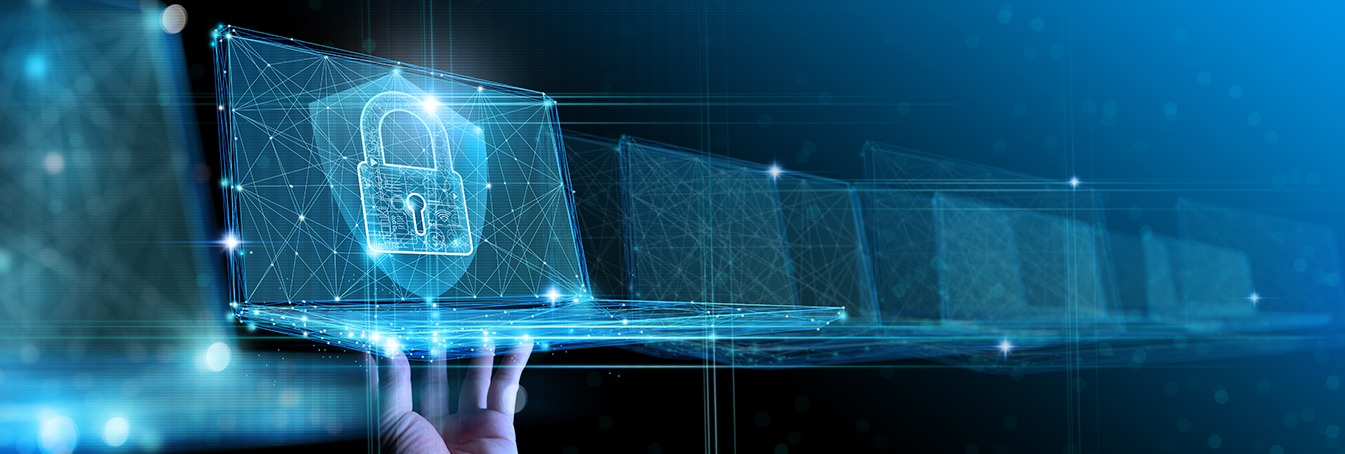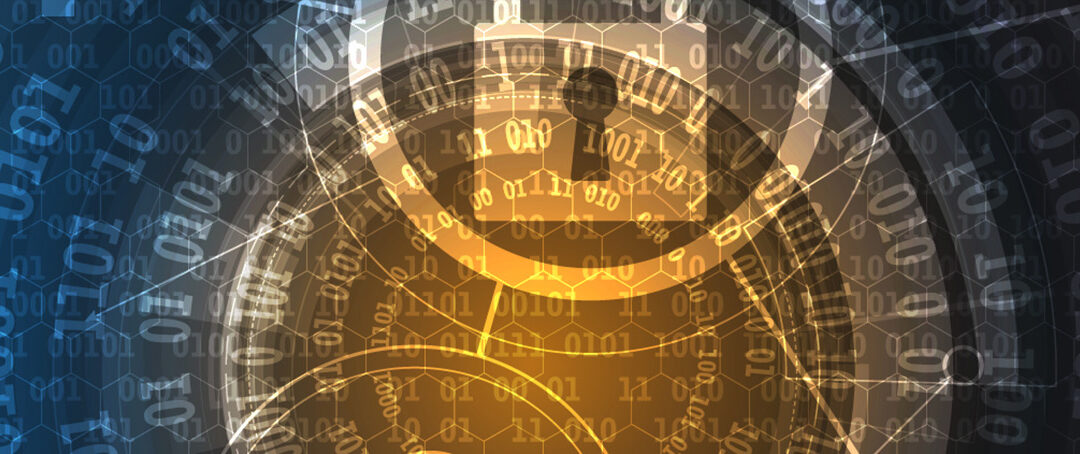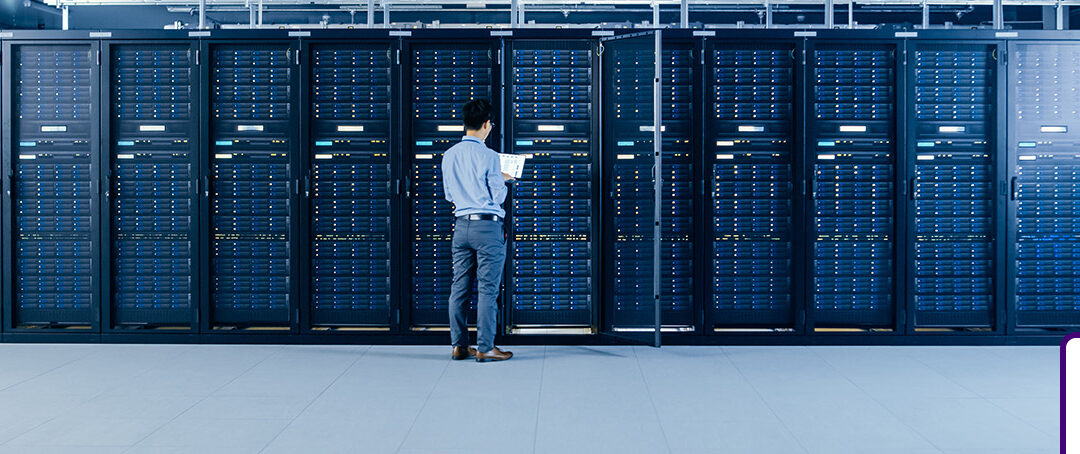A Digitalised State
We live in a hyperconnected cyberworld driven by AI and machine learning. The age of digitalisation influences how we behave. In this world, it is all too easy for states, corporations, or criminals to overreach and access information they should not have. In this article, we explore the impacts that have on mainframes.
In a short period of time, computers have penetrated deep into society and into every aspect of our lives. Even the generations that have long resisted using new technologies (often out of fear, uncertainty, and ignorance) are being forced to use them to make their daily lives easier. Sometimes, there is no alternative.
Every day, we consciously and arbitrarily share private messages, pictures, and comments over the Internet, which we certainly do not want to fall into the wrong hands. The danger is even greater when it comes to data that is strictly confidential and relates to very private segments of our lives, such as our health or finances.
Digitalisation and Mainframes
Lots of our data is stored on servers in different institutions across government, finance, healthcare, and similar sectors, where data integrity and security are non-negotiable. Many of these institutions rely on mainframe systems.
Mainframes are known for their robustness, scalability, inherent physical safety, and reliability. They can handle enormous amounts of transactions and data processing, making them indispensable to large organizations.
Mainframe systems ensure that every time you use your health card at the doctor’s surgery, withdraw money from an ATM, or use your ID card, it is processed quickly, accurately, and securely.
You might say that is not a lot of work, but think about the 8.2 billion people worldwide conducting transactions every day, every hour, every minute, and even every second. Then remember that mainframe systems do it in the best, safest, fastest way possible, with the lowest error rate, and that they run continuously 24 hours a day, 365 days a year, performing countless operations every second.
You’re a Hacker
And now, imagine that you are a hacker. You would not have much to gain from attacking the PC of a child playing online games or doing homework. You might, however, be a little more interested in the PC of someone earning an elevated salary. Perhaps you might be able to find information that you could use to extort some of that money.
Of course, it is hard to believe one person could take it further and break into the most secure system ever created – a mainframe. But what if you are a group of hackers? Then your possible target is definitely bigger than a single person earning a single salary. And what if you are a large team of hackers, and your job is to collect finance or tax data from companies or the government? What if you are spies and aim to disable key infrastructure in another country? In such cases, you do not really have any restrictions on the resources at your fingertips to perform such a criminal act.
Protecting IT Systems is Nothing New
Clearly, the question of how to protect critical systems never gets old. It is an ongoing task because as protection systems evolve, attackers become more sophisticated.
If someone gets access to your company’s critical data, they could destroy everything you’ve been working on for days, months, years, or even decades in an incredibly short time. Overnight, you could lose everything that makes your business what it is. The consequences of a breach can be devastating, resulting in financial losses, legal ramifications, and irreparable damage to an organization’s reputation.
It is difficult even to imagine how to recover from such a serious situation. And it is not much different if the organisation attacked is a government department or, say, a hospital. This is why IT security is one of the most important considerations for any business and indeed, any organisation.
Enhance Inherent Security
To remain secure, resilient, and reliable, mainframes must incorporate advanced security tools that can enhance their inherent security. Such tools can analyse massive amounts of data in short or even real-time and identify anomalies that may indicate a potential threat. By leveraging these capabilities, organizations can respond more quickly to incidents and anticipate and mitigate risks before they escalate into serious breaches.
Compliance with legal regulations and standards is critical to maintaining cybersecurity in mainframe environments too. These regulations impose strict privacy guidelines that organizations must follow, such as GDPR. This protects sensitive information and builds an organization’s reputation and customer trust.
While mainframes provide a secure foundation for critical business operations, they should also be fortified with robust cybersecurity measures to withstand today’s threats.
In addition to strong strategies and powerful tools, organizations should train their employees to fight back and prevent breakthroughs, ensuring that mainframes remain stable and performing at the highest levels.








0 Comments